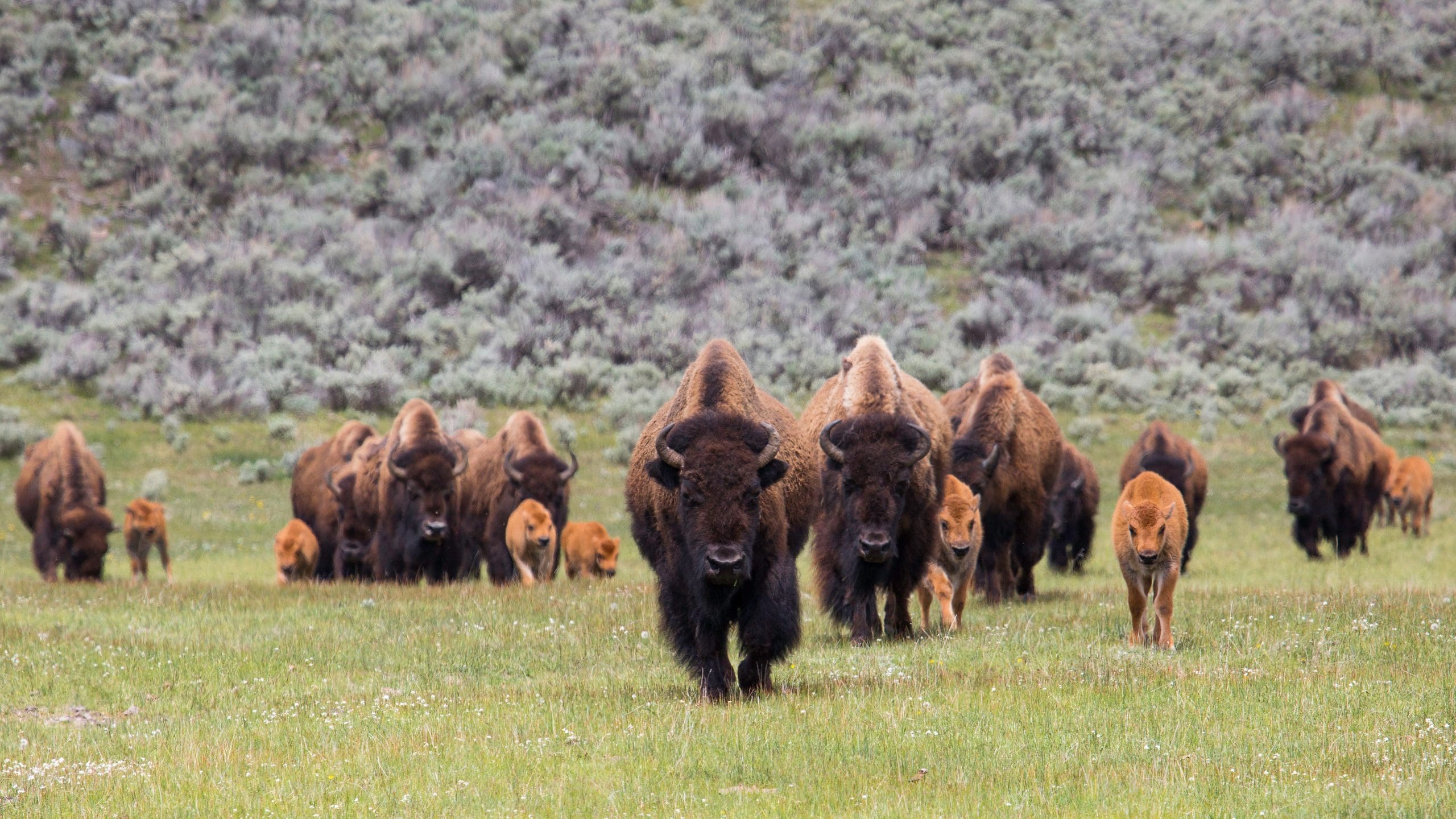Posted: April 17, 2022
Our Wildlife of the Week – 2022 Week 15…
Meet the “American Bison”!
(Bison bison)
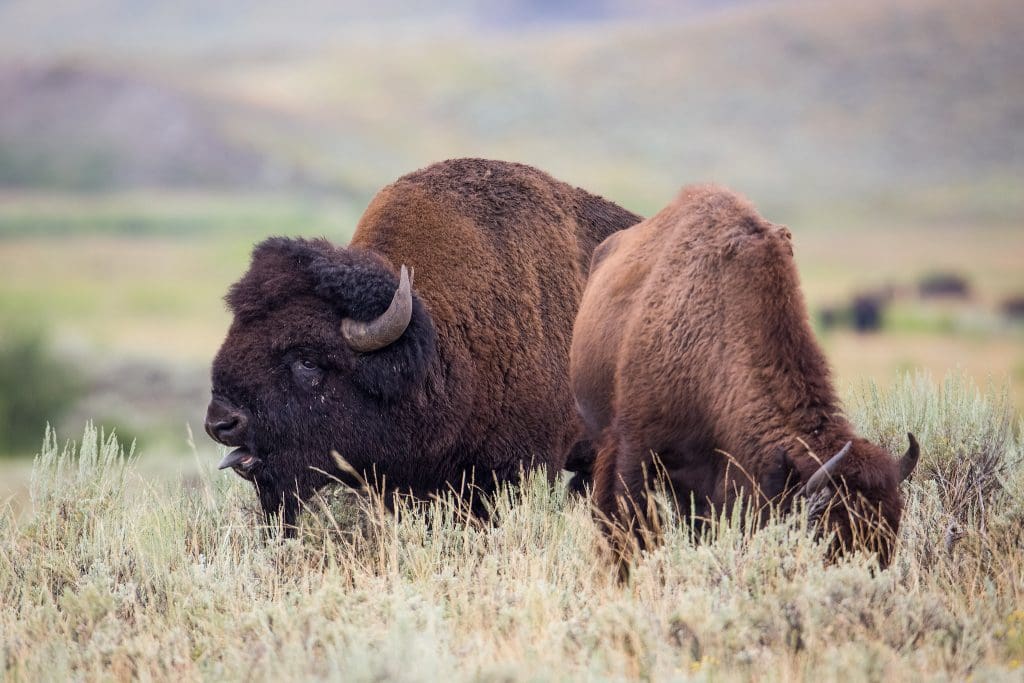
American Bison Physical Description
Bison, aka. the largest land mammal in North America, are huge animals, ranging in length from 11.8ft (3.6m) to 12.5ft (3.8m) in males to 7ft (2.1m) to 10.4ft (3.2m) in females. They are also tall animals, with the height at the shoulder ranging from 5.5ft (1.7m) to 6.2ft (1.9m) for males and 4.9ft (1.5m) to 5.2ft (1.6m) in females.1
In 2016, the Bison became our National Mammal!
Bison are also called “buffalo,” but they are not related to African or Asian buffalo species. There are two kinds of bison in North America: Plains bison (Bison bison bison), historically were found in the lower 48 states and southern Canada. The larger wood bison (Bison bison athabascae) ranged in the northern reaches of Canadian provinces and territories and in eastern Alaska.3
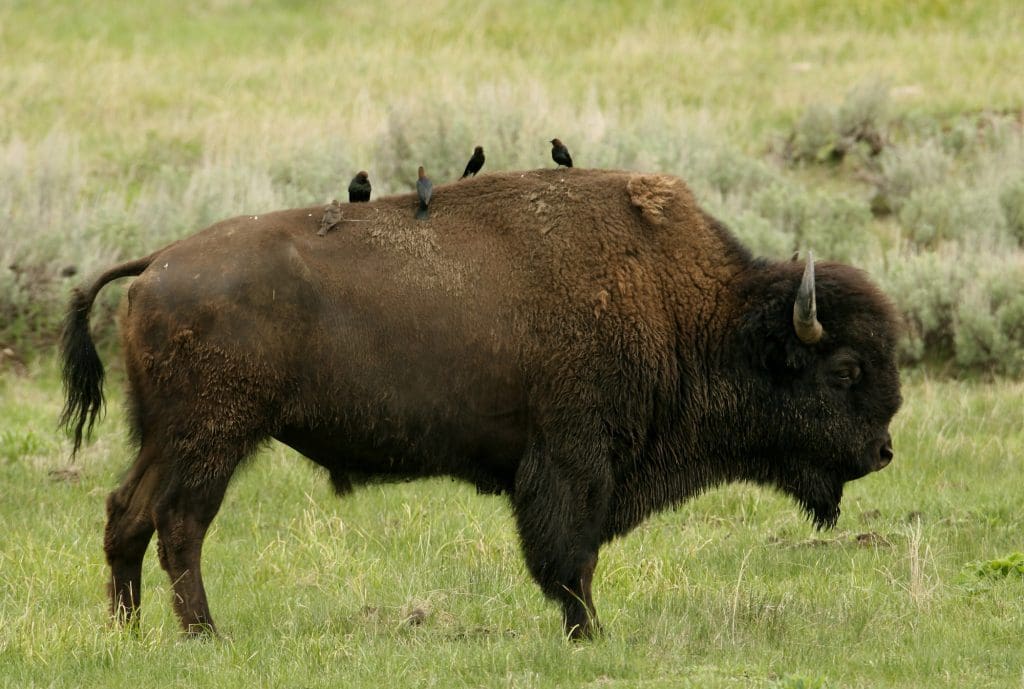
Two distinctive features of bison are the shoulder hump and their huge head. Fur color is brown, varying slightly from the front and back of the animal. The hair is longer in the front than in the rear. The distinction between hair length is most noticeable in males. The horns are black, curving upward and inward and ending in a sharp tip. The hooves are black and circular in shape.1
SPONSORED ADVERTISEMENT
American Bison In Action
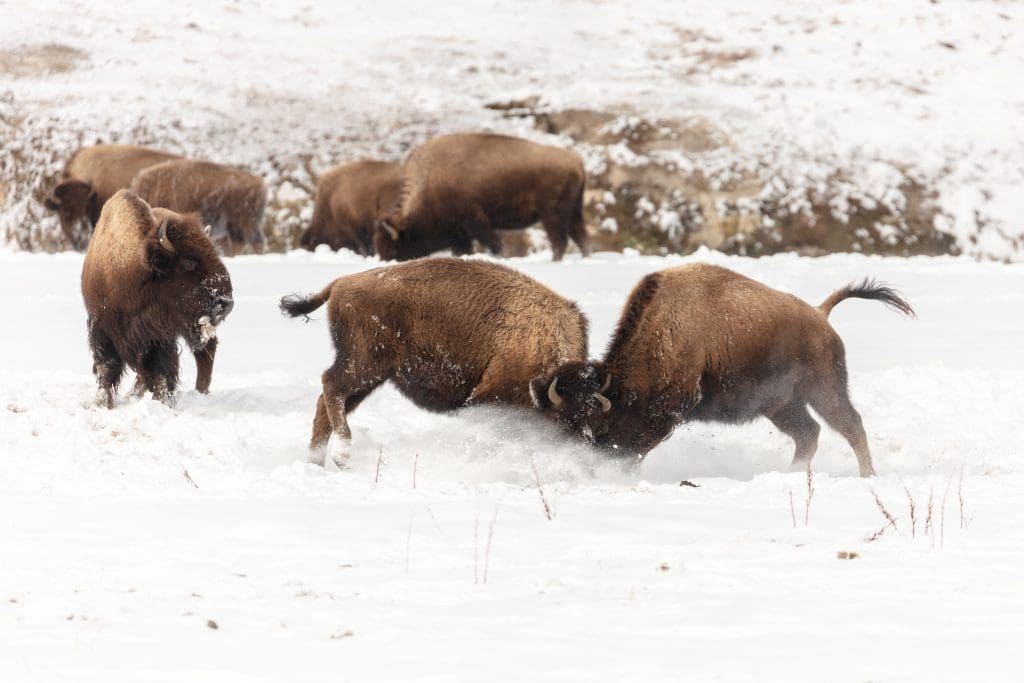
Bison are gregarious (fond of company or sociable) animals and are arranged in groups according to sex, age, season, and habitat. Cow groups are composed of females, males under three years of age, and a few older males. More males enter these groups as the rut approaches. Males live either individually or in groups that may be as large as 30. Dominance between the bulls is linear. Bulls that have a higher rank in the society will breed more often than those of a lower rank. Cows also live in a linear dominance hierarchy, which is established early in life.1
Grazing takes place during several periods each day and is conducted in loose groups. When bison travel, they form a line. The traveling pattern of bison is determined by the terrain and habitat condition. An adult cow supplies the leadership. Bison are good swimmers as well as runners, capable of reaching speeds of 38.5 mph (62 kph)1
Copulation is initiated by the bull and is quick. During the rut, bulls fight among themselves. The amount of wallowing and tree horning also increases during the rut.1
SPONSORED ADVERTISEMENT
Where to Spot American Bison
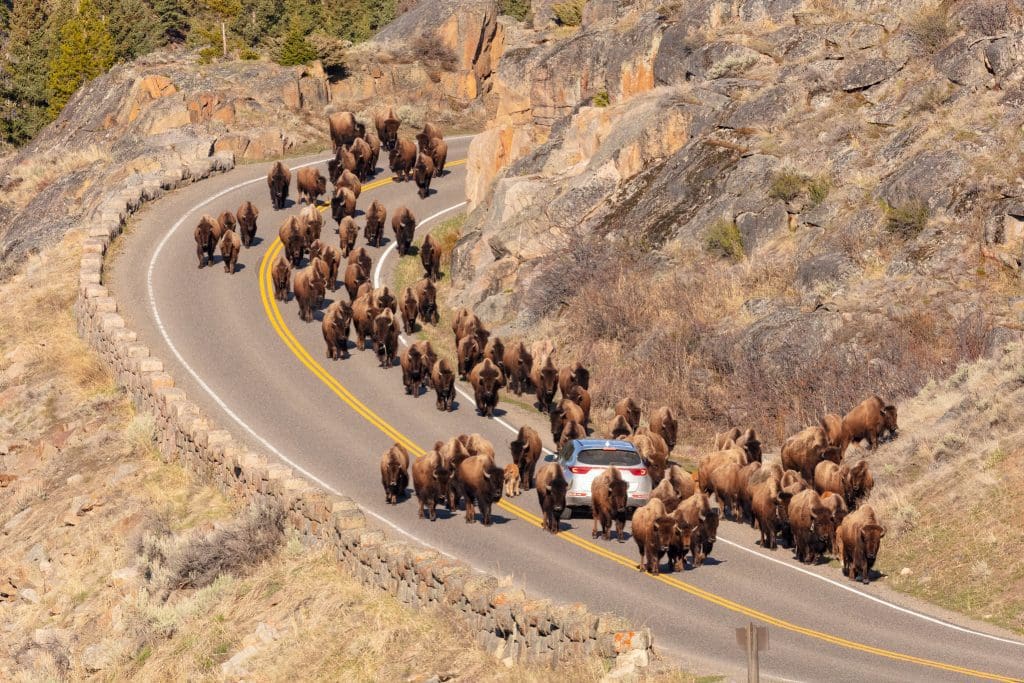
At one time, bison were widespread from Alaska to northern Mexico. Wholesale slaughter of bison herds caused the extermination of wild bison from the major part of their former range until recently. Bison are now found on private and protected lands in areas of the western United States and Canada. Most prominent of those herds are those of Yellowstone National Park in Wyoming and Wood Buffalo Park, Northwest Territory, Canada.1
Bison historically occurred throughout the grasslands and open savannas of North America. However, they were also found in boreal habitats to semi-desert habitats if grazing was suitable. Bison are now more limited in distribution and, therefore, the habitats they occupy. They are currently in disjunct populations in protected areas throughout western North America. They occupy a large elevational range, being found at all elevations in the protected areas they occupy.1
The American Bison can be found in over 8 National Parks and 3 other National Park Service sites.4 Including:
- Badlands National Park
- Capital Reef National Park
- Grand Canyon National Park
- Great Sand Dunes National Park and Preserve
- Grand Teton National Park
- Theodore Roosevelt National Park
- Wind Cave National Park
- Yellowstone National Park
SPONSORED ADVERTISEMENT
American Bison Conservation Status
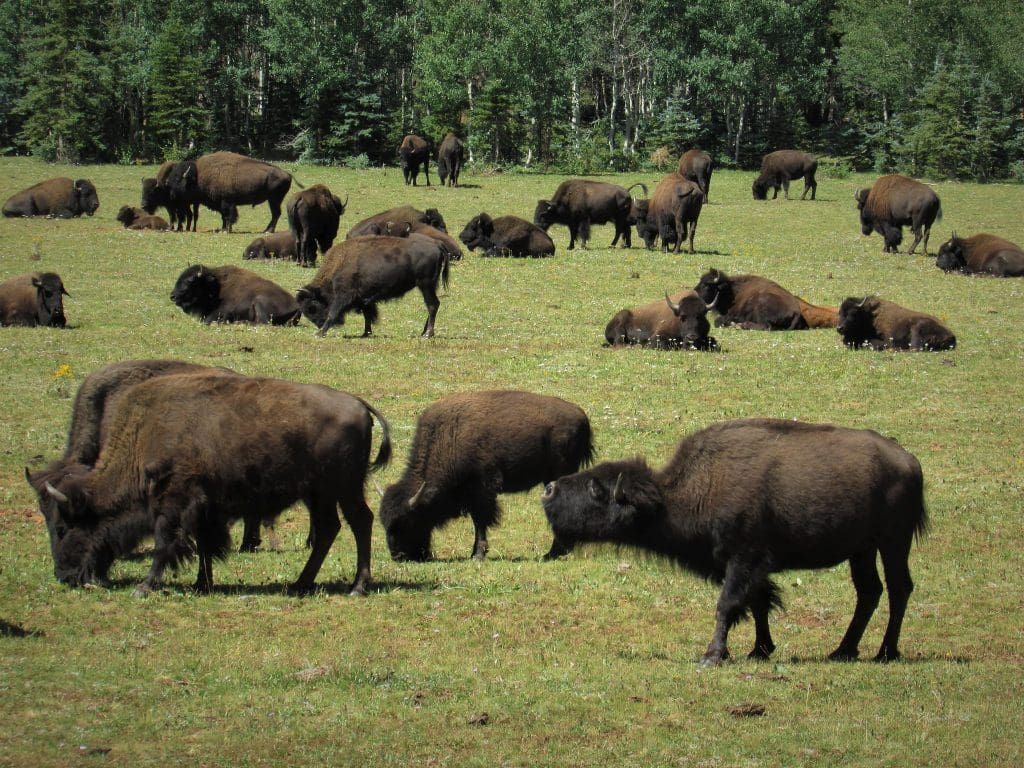
Once numbering at around 30 million and ranging across the United States and in Canada and Mexico, American Bison were hunted to near extinction, with only several hundred remaining by the 1870’s. Through ongoing conservation work, bison are recovering from a low of fewer than 1,000 individuals. Today, 19 herds in 12 states roam the American Plains.5
Bison were once a major source of meat and hides in the United States. They formed the basis of the economy of a number of groups of Native Americans. Paths made by the bison through the mountains were used by highway crews when they mapped routes for highways in the west. Bison are important members of functioning prairie ecosystems.1
American Bison are listed under CITES (the Convention on International Trade in Endangered Species of Wild Fauna and Flora) – Appendix I, and the sub species wood bison, Bison bison athabascae, is listed as endangered by the U.S. Endangered Species Act.1
Today, the Department of the Interior supports 19 bison herds in 12 states, for a total of approximately 11,000 bison over 4.6 million acres of Department of the Interior and adjacent lands.6
American Bison and You
Have you seen an American Bison in it’s natural environment? Tell us about it in the comments below!
Do you have a picture of these amazing creatures? Share it on social media with us and tag us in your post.
Use the hashtag:
#WildlifeOfTheWeek.
Interested in Wildlife Photography???
Check out this amazing beginners guide from National Geographic:
National Geographic Photo Basics The Ultimate Beginner’s Guide to Great Photography
The above links are provided in this article as affiliate links. Meaning, at no additional cost to you, we’ll earn a commission if you click one and make a purchase. An easy way to help support us if you’re going to buy anyway!
Learn more about all the amazing wildlife in our National Parks and how to safely “Watch Wildlife” on this amazing page with lots of resources from the National Park Service!
Want tips for photographing wildlife? Check out this great article for tips from the National Park Service.
Help support Discover Our Parks by becoming a Patron for as little as $1 a month! Your support will help us continue to provide articles like this and add even more information about our parks to this site.
If you want to make a one-time donation, buy us a coffee!
‘We got some of the above information from the following:
1: Animal Diversity Web – Bison Bison – American Bison
2: NPSpecies – Find Parks Where a Species is Found
3: NPS – About Bison
4: NPS – Parks with Bison
5: NPS – Bison – Home on the Range
6: NPS – Protecting Bison
Check out these recent posts from Discover Our Parks:
- The Isolated Black-bellied Salamander: Wildlife of the Week – 2023 Week 22
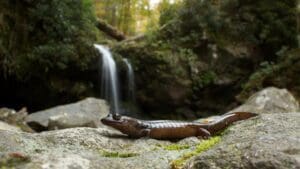
- The Splendid Sandhill Crane: Wildlife of the Week – 2023 Week 21
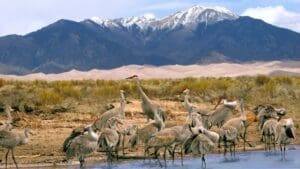
- The Promising Peregrine Falcon: Wildlife of the Week – 2023 Week 20
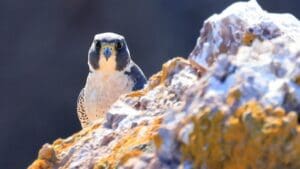
- The Intimidating Killer Whale: Wildlife of the Week – 2023 Week 19
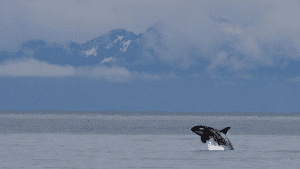
- The Swift Fox: Wildlife of the Week – 2023 Week 18
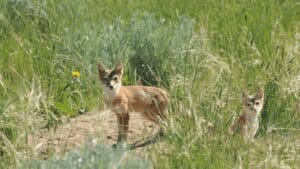
SPONSORED ADVERTISEMENT

